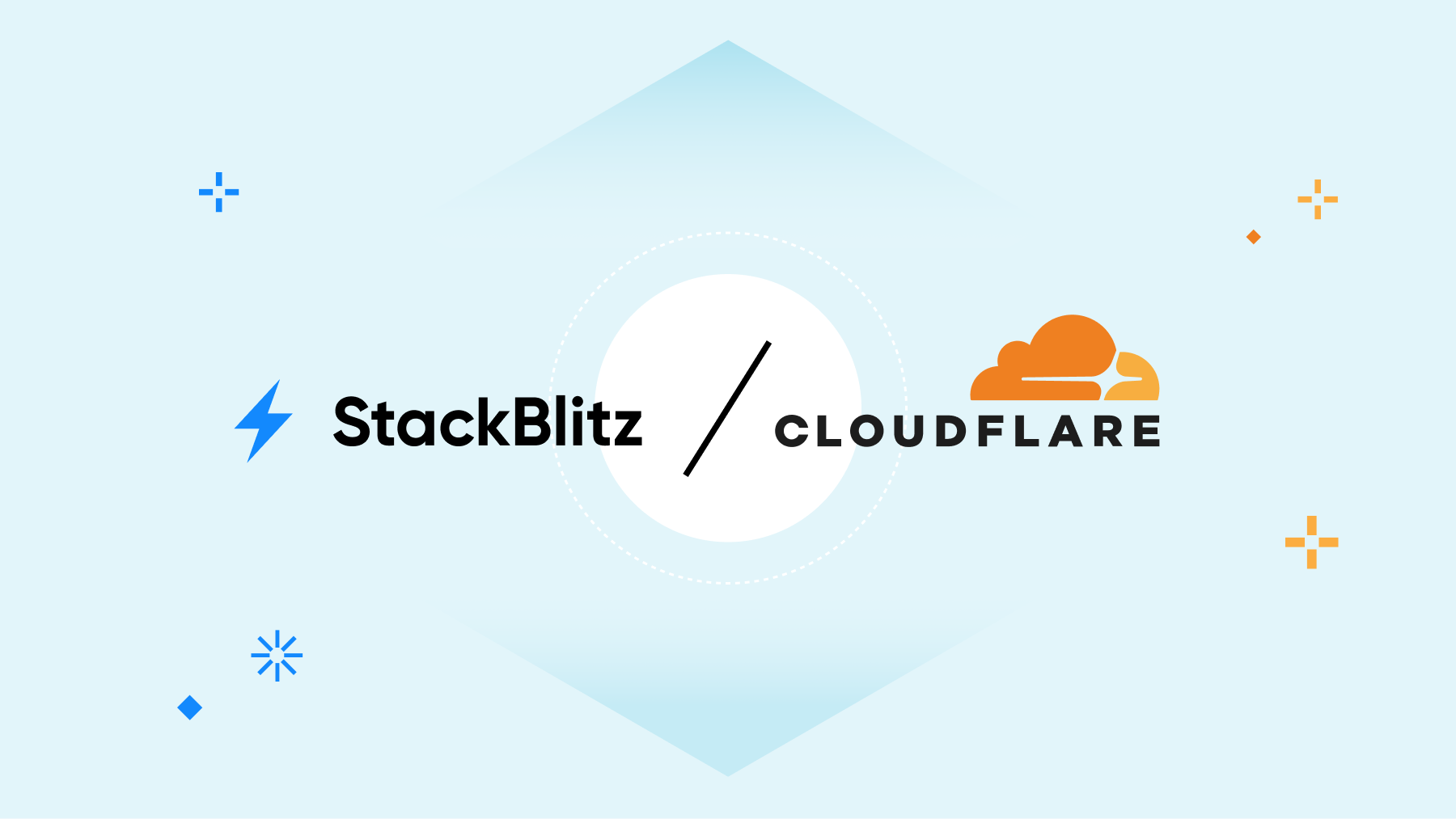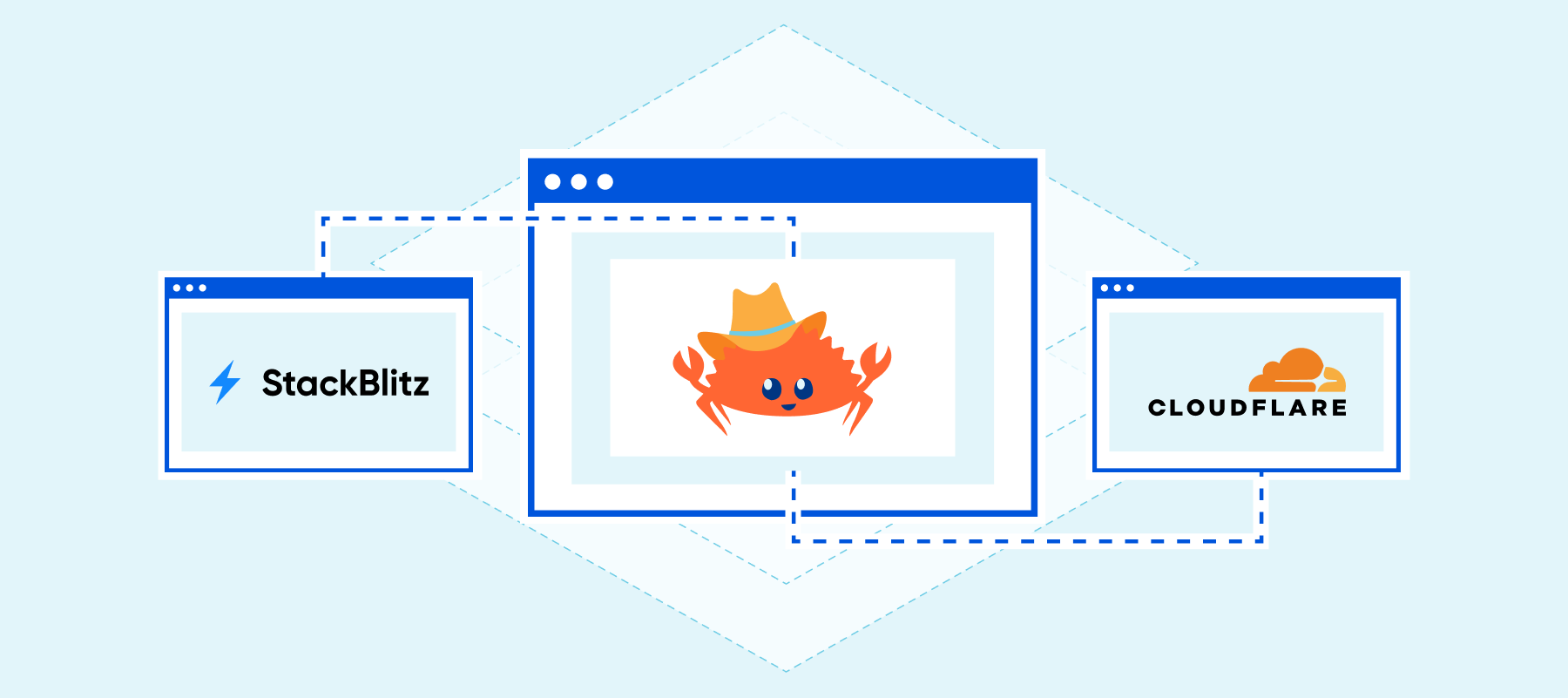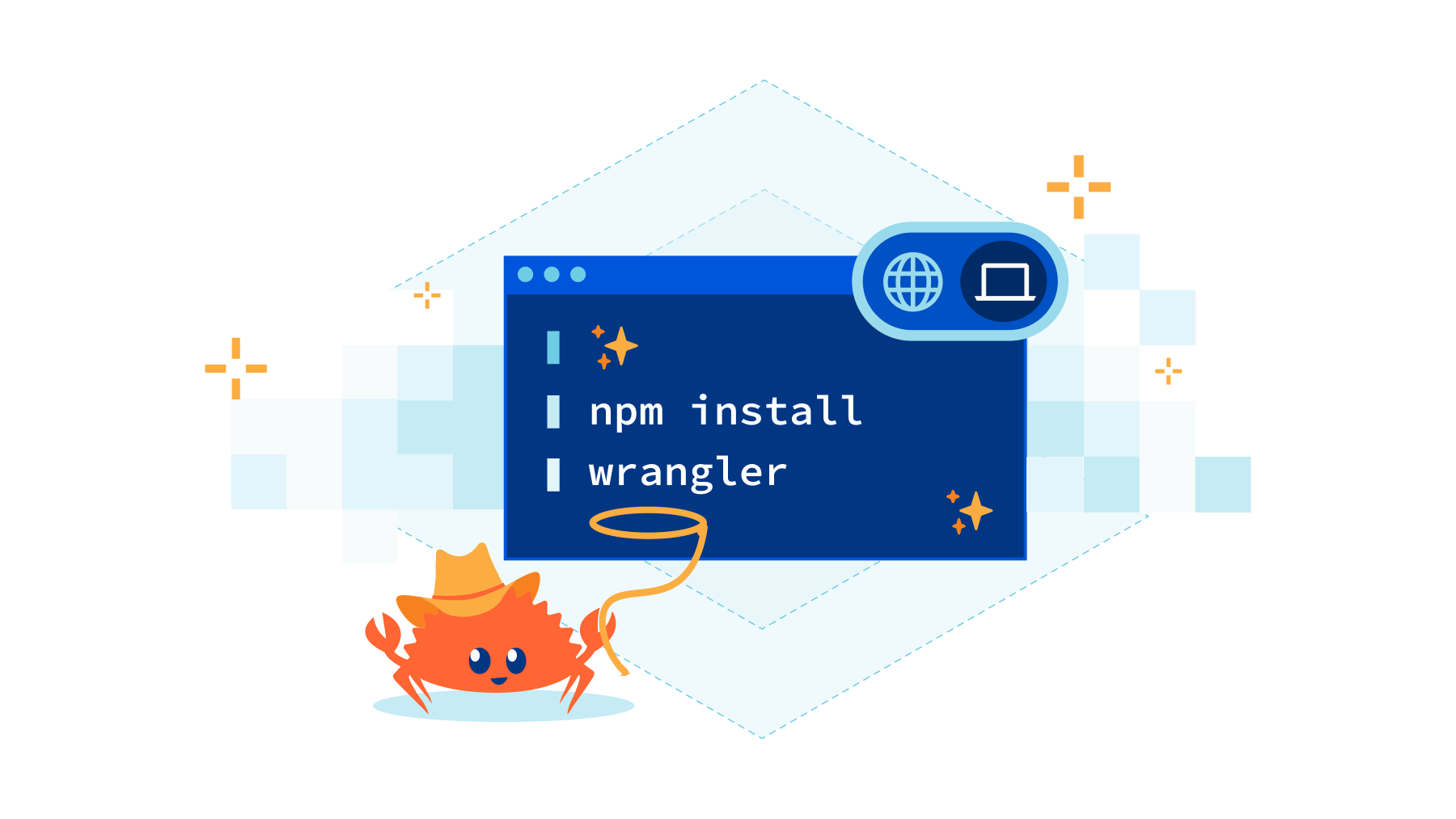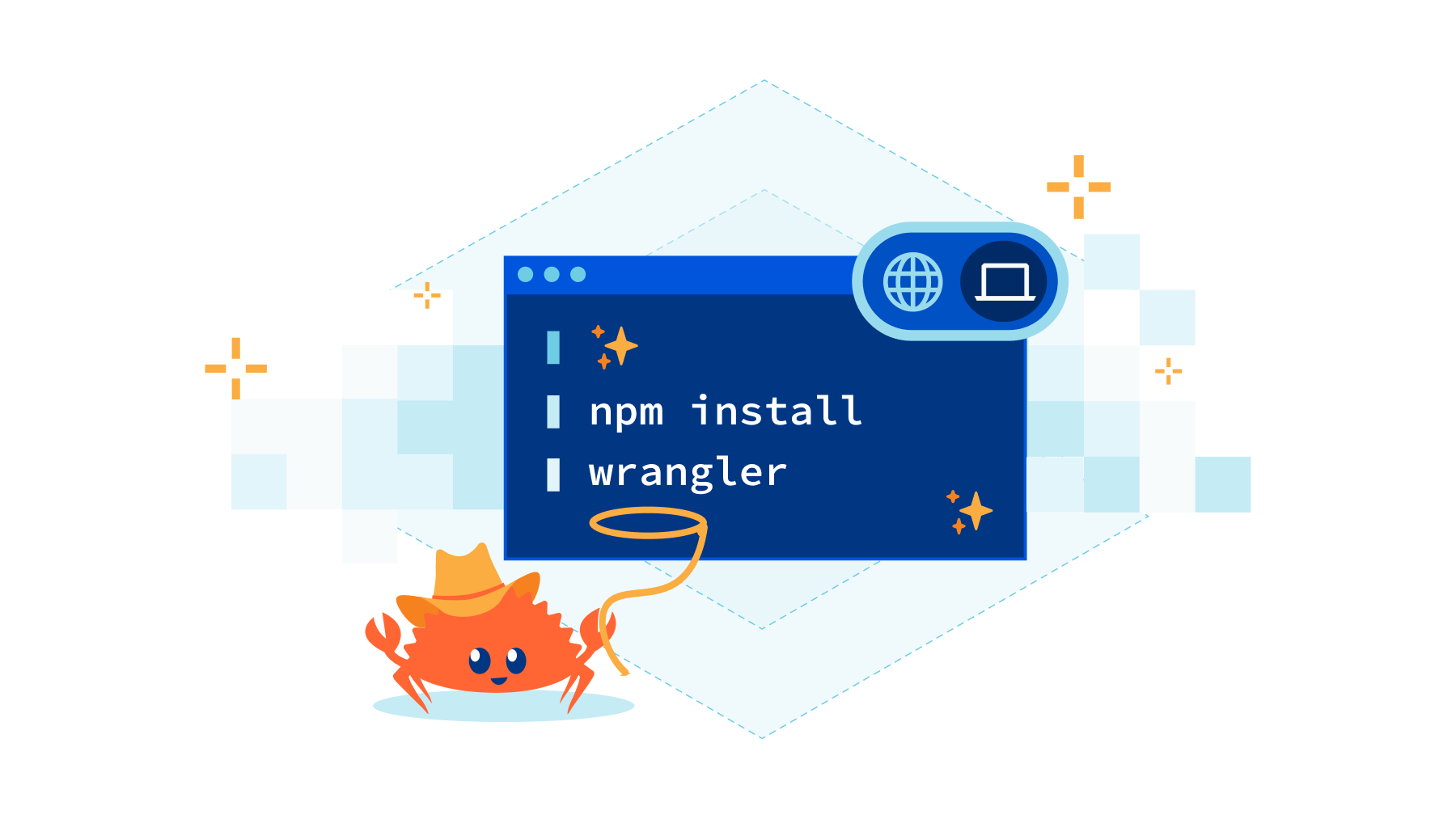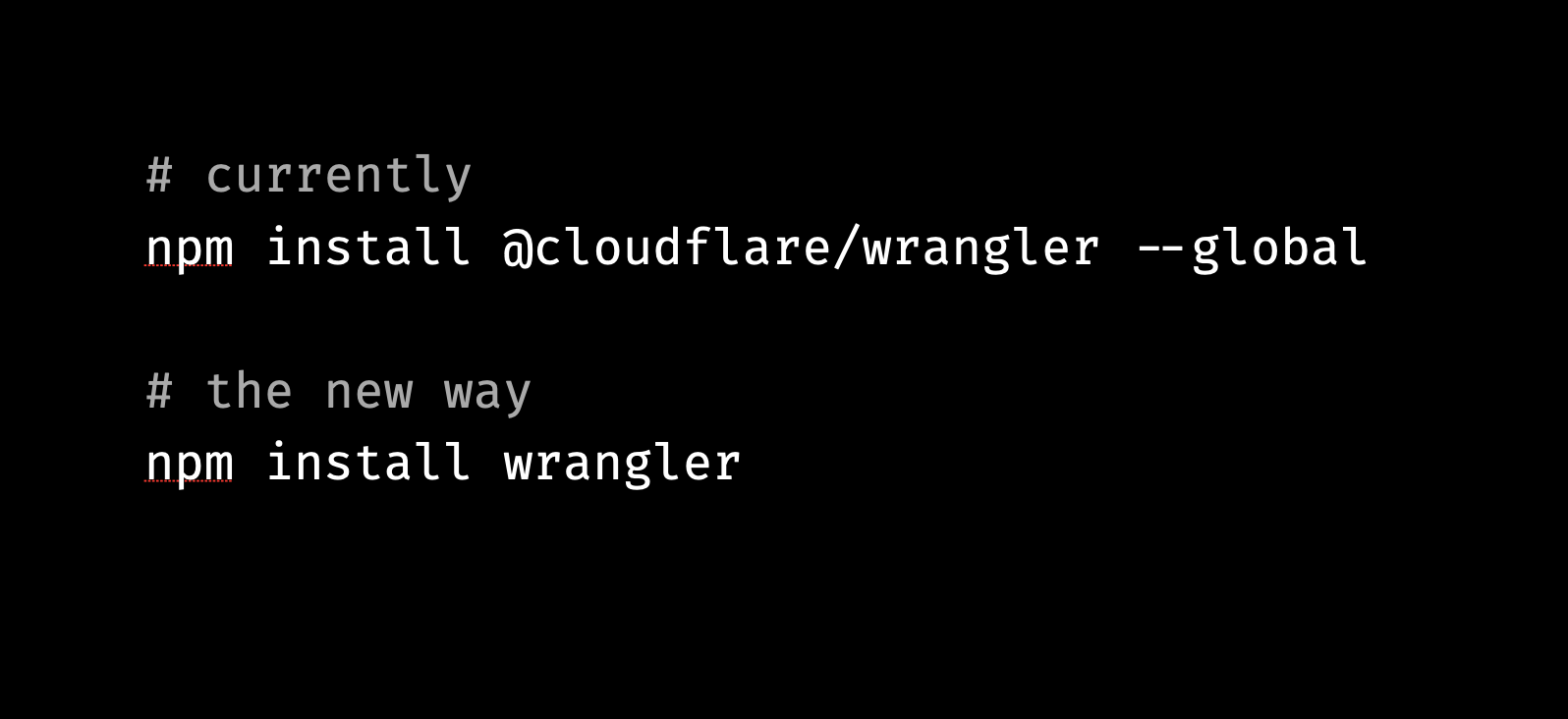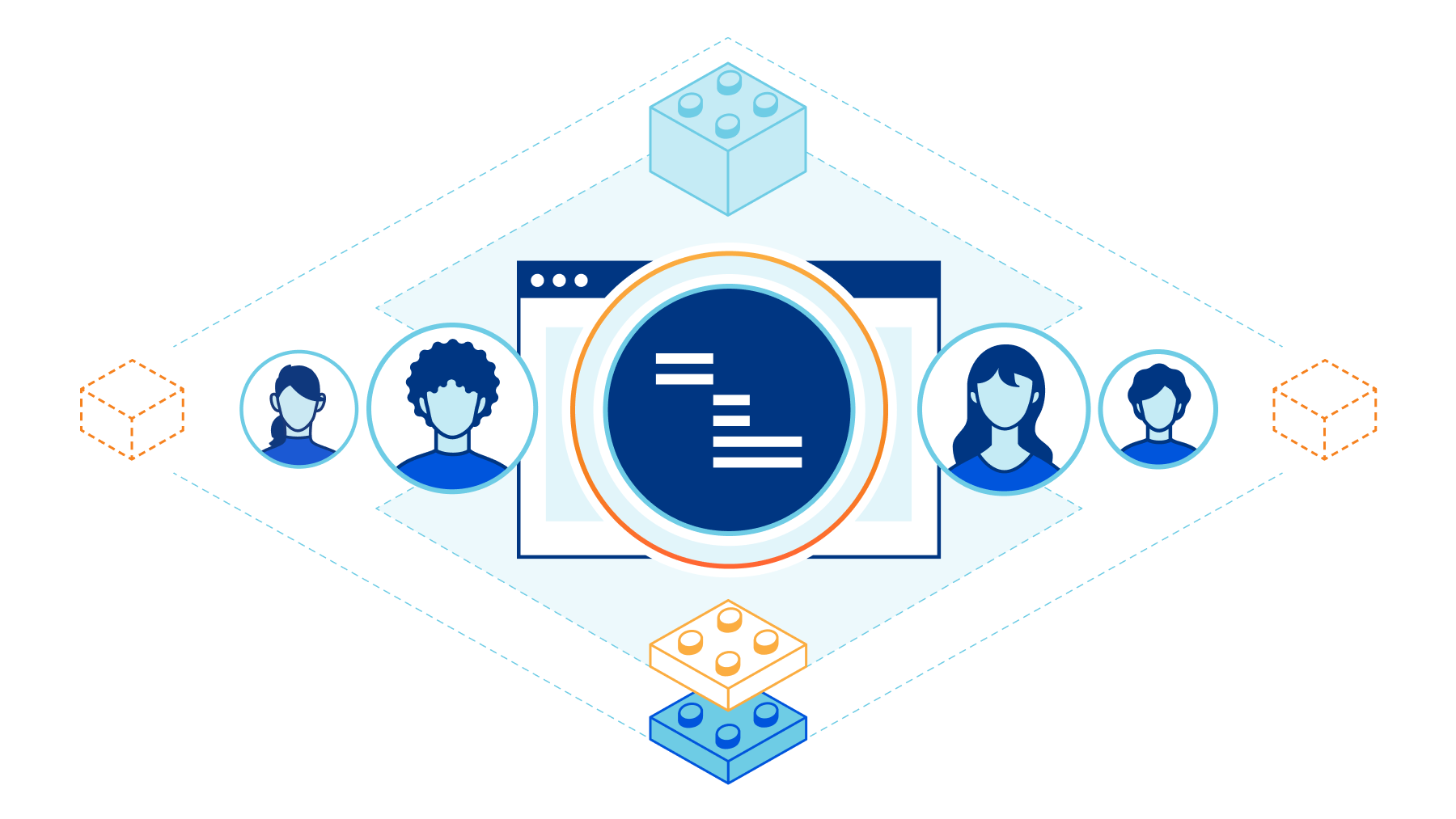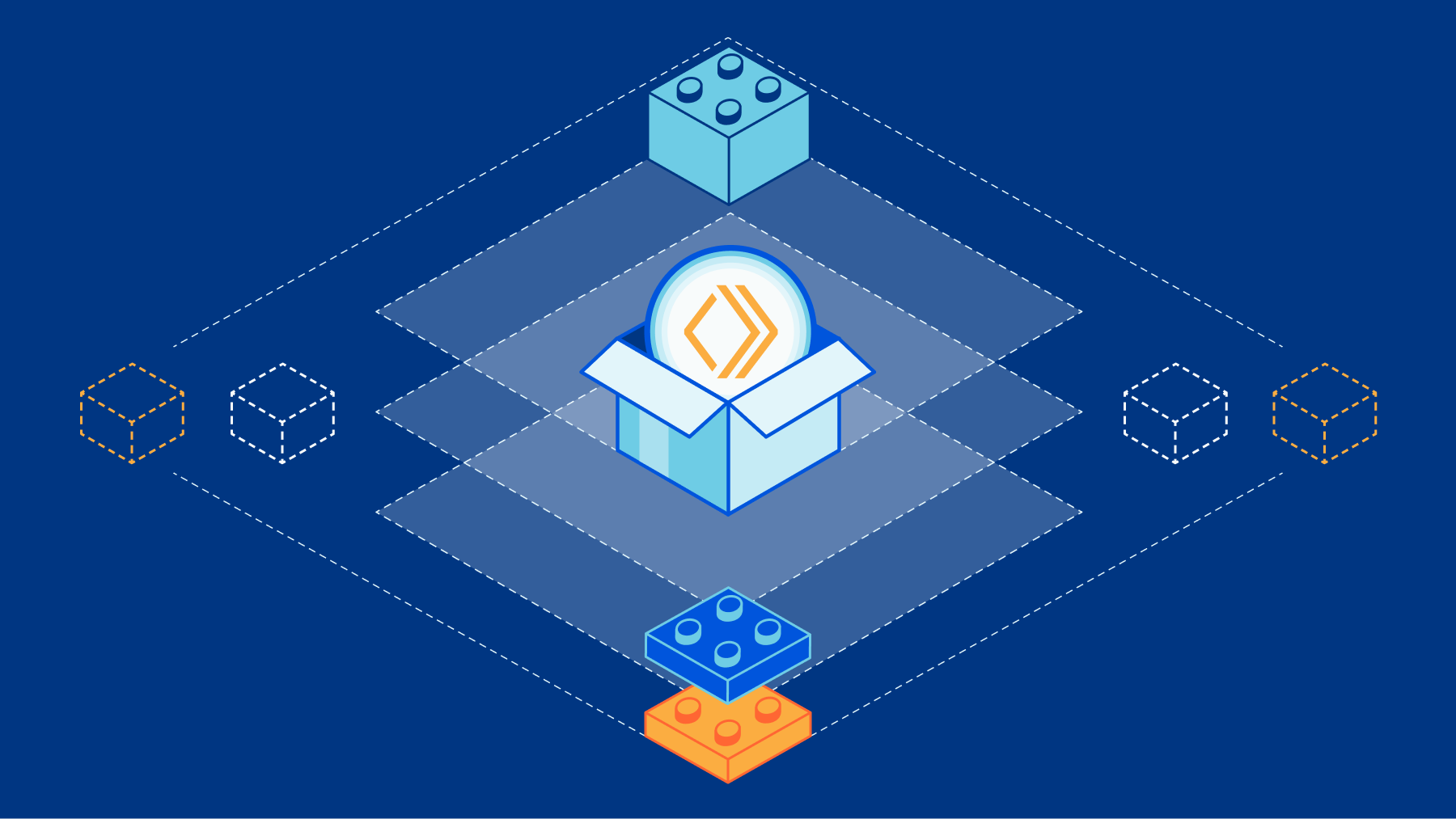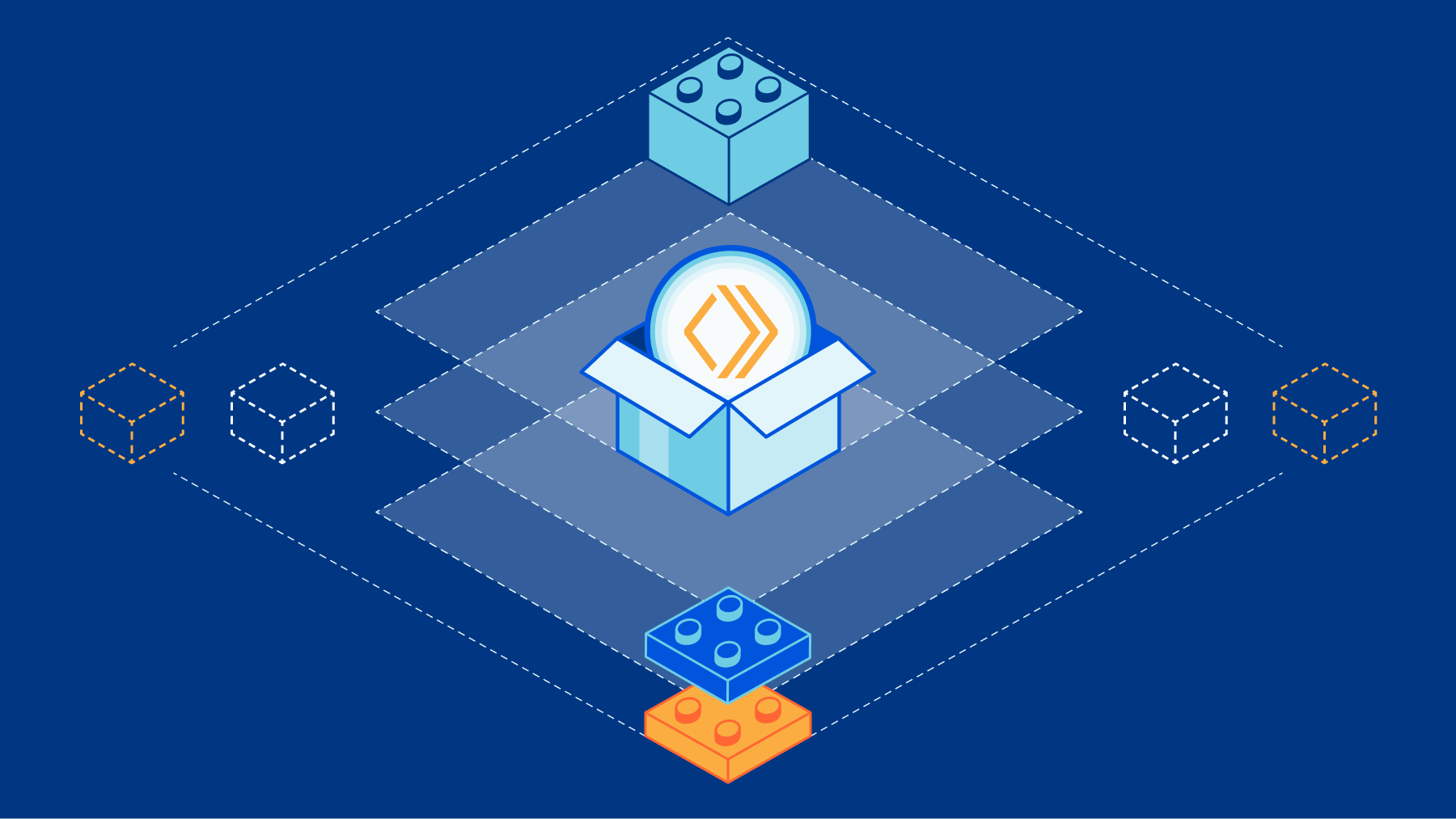IPv6 Unique Local Addresses (ULA) Made Useless
Recent news from the Department of Unintended Consequences: RFC 6724 changed the IPv4/IPv6 source/destination address selection rules a decade ago, and it seems that the common interpretation of those rules makes IPv6 Unique Local Addresses (ULA) less preferred than the IPv4 addresses, at least according to the recent Unintended Operational Issues With ULA draft by Nick Buraglio, Chris Cummings and Russ White.
End result: If you use only ULA addresses in your dual-stack network1, IPv6 won’t be used at all. Even worse, if you use ULA addresses together with global IPv6 addresses (GUA) as a fallback mechanism, there might be hidden gotchas that you won’t discover until you turn off IPv4. Looks like someone did a Truly Great Job, and ULA stands for Useless Local Addresses.






